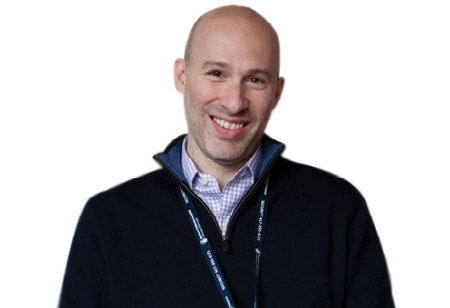Thank you for Subscribing to Healthcare Business Review Weekly Brief

Short comings of the Electronic Health Record in managing the work associated with care (ie. Tasks)
Healthcare Business Review
The advent of the Electronic Health Record (EHR) and the government mandate of its use have brought positives and negatives to the delivery of healthcare and to those that provide it. On the positive side, patient records are easier to access, share, and review. On the negative side, provider productivity has dropped by as much as 20% since the mandate 1 , and providers complain that they have been forced to become more documentarian than physician. 2 Furthermore, for every hour physicians provide direct clinical face time to patients, nearly 2 additional hours are spent on EHR and deskwork within the clinic day. 3 Provider (and associated healthcare worker) burnout is becoming epidemic, the whole system is inefficient, and medical errors occur when the necessary, yet tedious administrative elements of patient care fall through the cracks. We’ve all experienced it ourselves in our own care, calling your PCP’s office to see why that prior authorization didn’t go through or sending a portal message to your doctor to remind them (again) to submit that referral request.

Figure 1: The typical administrative overload of a modern-day physician
EHRs have been around for decades. They do many things well, but they cannot do all things. Nor should they have to. For many, the cognitive burden of managing the innumerable tasks associated with patient care is one more unwelcome straw put on their backs. Beyond seeing patients, a typical provider receives over 100 emails, and dozens of other, EHR inbox messages and both secure (and insecure) text messages. Many of these require some kind of action or reaction (more things being forced into an already packed day and brain). That same provider may push dozens of tasks to staff members that have to be completed in order to ensure proper care of patients.
Staff members also have an enormous number of administrative tasks that must be completed – from new patient onboarding, to insurance verification, to scheduling follow-up appointments. There is a virtual ballet dance of activity in the typical medical practice that tries to juggle all of these activities without letting any of them hit the floor. That ballet dance may look more like a flash mob, with potential negative impacts to patients, providers and staff members.
While EHRs may be good at storing patient data, let’s face it: they are not user-friendly task management systems. Even if a task management capability is built into the EHR, it tends to become like the treadmill in the garage (present but not providing a workout by just being there). The typical system for choreographing this ballet; therefore, becomes a combination of yellow sticky notes, email and insecure solutions co-opted from other industries. This is not the most elegant use of technology, and certainly is not conducive to the assignment, management, verification, and completion of these vital tasks.

Figure 2: The tools of the trade
Products like Slack, Jira, Trello and thousands of consumer To-Do-List apps have transformed how people work together across every industry, it’s time for healthcare. Imagine being able to assign tasks, accept tasks, automate processes, get alerts on your phone, and close the loop on vital patient follow-up, all in a HIPAA compliant and (more importantly) user friendly way. Create a treadmill that will actually get used. Providers should be able to direct tasks to nurses and MAs, administrators to other staff members, and everyone to everyone, in a collaborative and useful way. The practice becomes more efficient, and medical errors and burnout are reduced. The ballet becomes Swan Lake. It is possible.









